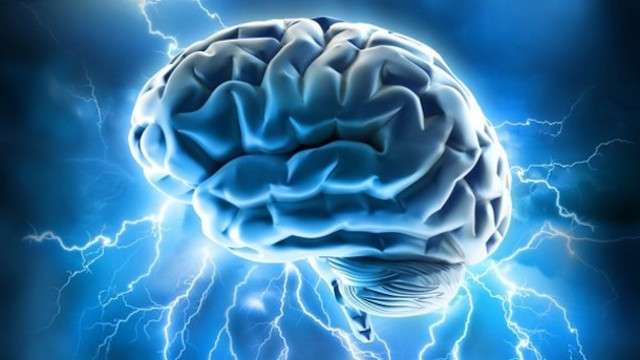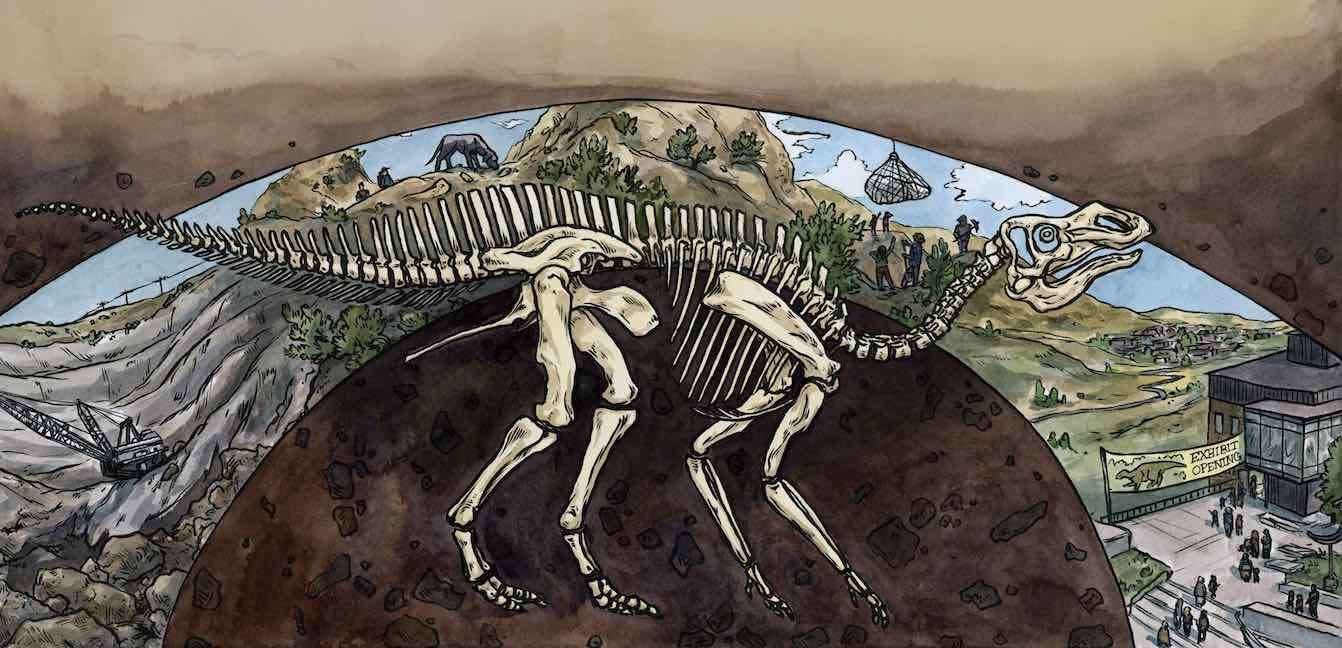For the first time, scientists have observed a surge of energetic activity in the brains of dying patients, a discovery that reveals that our consciousness can be active even as our hearts stop beating.
Jimo Borjigin, an associate professor of neurology at the University of Michigan, found surges of brain activity in the form of gamma brain waves in the "hotspot" of conscious processing in 4 unresponsive patients who were taken off life-support with the permission of their families.
The surge, detected with electroencephalogram (EEG) sensors, correlated to data Borjigin had seen previously in her career in the brains of dying rats, and suggests an increase in brain activity during cardiac arrest in the moments of death.
The data, which Borjigin described as about as good as it could possibly get in this remote field of study, could help shed light on the phenomenon of near-death experiences, described in Borjigin's paper as "a biological paradox that challenges current understandings of near-death consciousness, which until now was widely believed to be non-functioning."
Vice Media, reporting on the paper, said that it's impossible to know exactly what the surge of gamma wave oscillations in the four patients' brains would be like in terms of sensory experience, though a hypothesis was that there could have been audio and visual components to it.
Individuals who have experienced near-death visions have remarkably similar stories: of distant lights, a sense of levitation, and a highlight reel of life's memories. The aching question inherent in Borjigin's discovery is whether or not those experiences are generated during this surge in gamma brain waves.
More research is needed to establish any connection between this and near-death experiences. For example, a weakness in Borjigin's study was that it included only 4 people, and of them, only 2 had surges in gamma waves in the moments leading up to death.
Furthermore, both of these patients were susceptible to seizures, though neither had had one within the four hours leading up to their deaths.
A strength of the study was that it showed how rats experienced surges in a wide scale of brain activity, while in human brains it was concentrated in gamma waves.
"What excites me most is to probe the role of the brain in cardiac arrest from these studies," Borjigin told Vice. "Our data reveals that the dying brain is far from hypoactive. Then, why would a dying brain be activated? What is the function of brain activation at near-death?"
"Producing an internal state of consciousness (NDE) cannot be its sole function when survival is truly at stake," she concluded. "Much of my future research will focus on the role of the brain in cardiac arrest, including covert consciousness."
SHARE This Crazy Discovery And Phenomenon With Your Friends…










Be the first to comment